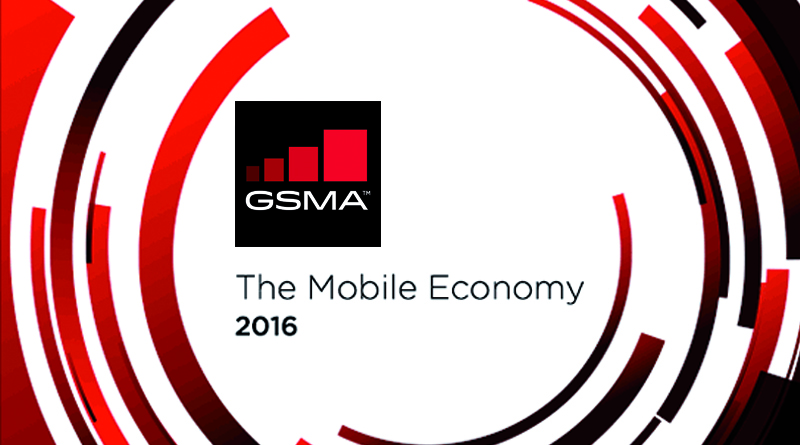GSMA study reports 1 billion mobile subscribers by 2020
India is expected to see a significant uptake in mobile subscriptions, broadband, and connectivity by 2020, marking a period of rapid development of the country’s mobile economy, according to a new GSMA Intelligence study. The new report, ‘The Mobile Economy: India 2016’, noted that at the end of June 2016, 616 million users had subscribed to mobile services in India, making it the second-largest mobile market globally, with almost one billion mobile subscribers expected by 2020. India also overtook the United States in 2016 to become the world’s second-largest smartphone market with an installed base of 275 million devices.
The report forecasts that improving affordability, falling device prices and operator investments in network coverage and quality will help deliver an additional 330 million subscribers in India by 2020, lifting the country’s penetration rate to 68 per cent of the population (up from 47 percent in 2015). India is also seeing an ongoing technology shift to mobile broadband services; the number of 3G/4G mobile broadband connections are forecast to reach more than 670 million by 2020, 48 percent of the total connection base.
There will also be an accelerating move to 4G over this period. The number of 4G connections is forecast to grow rapidly, growing from just 3 million at the end of 2015 to 280 million by 2020. In addition, the industry is set to invest heavily, with operator CAPEX growing to $34 billion (INR2.3 lakh crore) for the period 2016 to 2020.
“With this report, all signs point to a period of tremendous growth for India’s mobile economy, which will strongly support and enable the government’s ‘Digital India’ initiative aimed at providing broadband connectivity to all,” said Mats Granryd, Director General, GSMA, in a press note. “To fully realise India’s tremendous market potential, review, and reform in key areas, including modernising regulation and long-term planning for spectrum allocation, would accelerate mobile broadband access and adoption across the country.”
Reforming Regulation to Accelerate Mobile Broadband Adoption
According to the report, with the convergence of technologies and services and the emergence of internet players, India will benefit from modernising regulation to the realities of this new digital ecosystem by thoroughly reviewing the current licensing framework and removing outdated and ineffective regulations. In addition, without sufficient spectrum, mobile services will struggle to meet demand and networks unable to deliver a satisfactory internet experience. The government should continue to free up identified available spectrum for mobile broadband growth.
Mobile to Drive Socioeconomic Growth
In 2015, India’s mobile industry generated an economic value equivalent to 6.5 percent of the country’s GDP3, a contribution that amounts to more than $140 billion (INR9 lakh crore). The figure accounts for both the direct economic activity generated by mobile operators and the ecosystem of mobile industries in India. This contribution is expected to grow to $210 billion (INR14 lakh crore) by 2020.
Mobile operators and the ecosystem provided direct employment to approximately 2.2 million people in India, as well as indirectly supporting 1.8 million additional jobs in other industries and sectors that benefit from the activity of the mobile industry, particularly in the direct supply chain. This brings the total impact of the mobile industry to nearly 4 million jobs in 2015.
Delivering Digital India through Mobile Broadband
Mobile will play a pivotal role in delivering the government’s Digital India vision. As the dominant platform for internet access, given the lack of fixed line infrastructure, high levels of mobile ownership and significant operator investment, mobile has the potential to advance financial access, improve information, and raise productivity throughout India’s economy.
As of mid-2016, around 430 million people had access to mobile internet services, a figure that will increase to almost 670 million by 2020, or about half the population. This still lags the regional average of 63 percent penetration, and the survey found that lack of awareness and locally relevant content are the biggest barriers to internet usage. Financial inclusion is also growing in India. Around 65 per cent of Indian adults have an account with a financial institution, and there is significant room to increase adoption of financial services through mobile technology.
Mobile is already the main platform for internet access in India and has brought connectivity to many previously unconnected populations. Digital inclusion can extend various economic and social benefits to previously unconnected populations, fuelling a virtuous circle that reduces poverty, improves infrastructure and services, and further increases internet access and usage,” continued Granryd.

